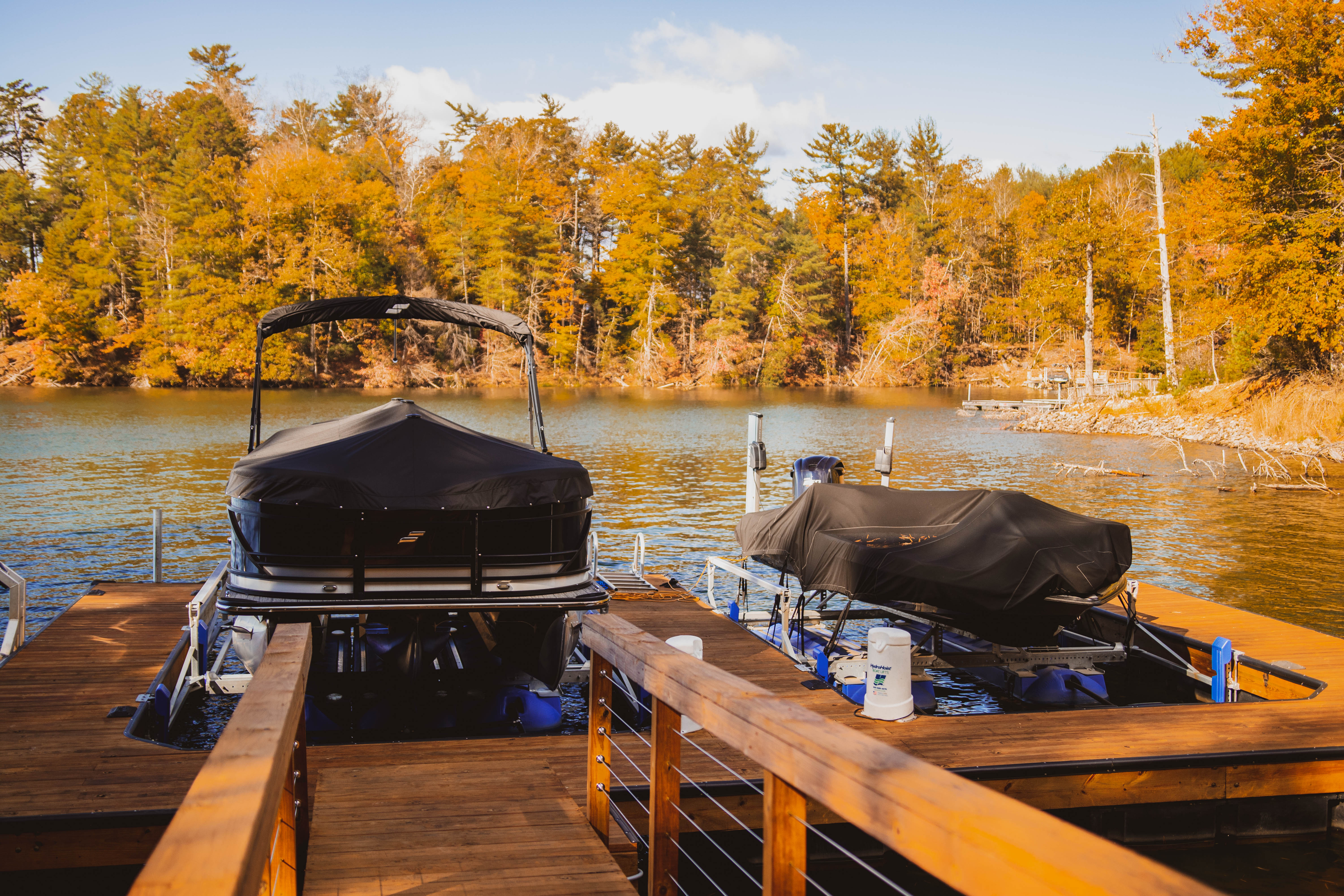As most of the country's boating season comes to a close, the actual legwork of boat ownership begins. Below, we discuss why preventive winter maintenance isn’t only the responsible choice but also the more cost-effective one.

Do I Need to Winterize My Boat?
One of the most common questions novice boat owners face as temperatures drop is, “Do I need to winterize my boat?” It’s understandable to wonder if the extra work is necessary, especially if you live in a region that usually experiences mild winters. However, winterizing isn’t just about protecting against freezing temperatures. Even in temperate climates, the residual moisture can lead to rust and corrosion in the boat’s engine, hull, and other critical components.
When you don’t winterize your boat, you expose it to numerous risks:
- Engine Damage: Water left in the engine can freeze and expand, causing critical components to crack or malfunction. BoatUS’ 10-year analysis of freeze claims found that over 75% involved cracks in the engine block or the exhaust manifolds due to water freezing in the engine or cooling system. To put this into perspective, Texas has over seven times more freeze-damage claims than frigid Minnesota, where boaters understand the critical nature of winterization (BoatUS, n.d.).
- Fuel System Issues: More than 98% of gasoline sold in the US contains ethanol, which attracts water. As Boating Mag notes, during off-season storage or any period of infrequent operation, this water can accelerate fuel oxidation and form gum and varnish deposits that can corrode the fuel system (Boating, 2019).
- Structural and Electrical Wear: Trapped moisture can create the perfect environment for mold and mildew growth, damaging upholstery, decking, and electrical components. Moisture can also seep between cracks, crevices, and layers of fiberglass and other composite materials, compromising their structural integrity.
Winterizing your boat protects against these costly issues, helping ensure you’re ready to hit the water when the spring rolls back around.
The Long-Term Costs of Not Winterizing Your Boat and Lift
Not only does neglecting winterization put your boat at imminent risk, but it also leads to potential long-term issues and financial strain. Here are some of the most common issues boat owners face due to winter damage:
- Engine and Mechanical Repairs: A single freeze can ruin a boat’s engine. Replacing cracked blocks or cylinders can cost thousands of dollars – a far cry from the modest expense of winterizing. Proper winterization can be especially critical for inboard engines, where repairs are particularly costly.
- Hull and Structural Damage: Boats left in the water or exposed to winter’s increased moisture are at risk of hull damage. If water seeps into cracks and expands as it freezes, it can lead to splits, blisters, and weakened structural integrity. Even spider crack repairs can cost anywhere from $200 to $800, with more significant damage reaching upwards of $1,500 (Boat Genesis, n.d.).
- Electrical Malfunctions: A boat’s electrical components, including the battery, starter, and other critical systems, are especially vulnerable to cold and moisture. The cost of replacing these parts or troubleshooting electrical issues in the spring can add up quickly. Perhaps more importantly, it can take away a good chunk of your precious boating time.
As Discover Boating notes, “The year you don’t winterize your boat will almost certainly be the year you get an unexpected cold snap (Discover Boating, n.d.). Properly winterizing your boat preserves its value, saves you money from repairs and parts replacement, and ensures a smooth start to the next boating season.
How to Properly Winterize Your Boat and Lift for Cold Weather
Before starting, consult the owner’s manual for specific winterization instructions, as different models may have unique requirements. If you’re not confident performing the steps yourself, we recommend seeking professional assistance.
With that said, here’s a quick guide to the essential winterization steps:
- Drain and Flush the Engine: Remove any water from the engine to prevent potential freezing damage. Flush it with fresh water and add antifreeze.
- Stabilize the Fuel: Add a fuel stabilizer to prevent gas from degrading and keep your fuel system in good condition.
- Disconnect and Charge the Battery: Remove the battery and keep it on a trickle charge in a dry location over the winter.
- Protect the Interior: Clean the cabin and open compartments to prevent mold growth. We recommend using a dehumidifier or moisture absorber in enclosed spaces.


